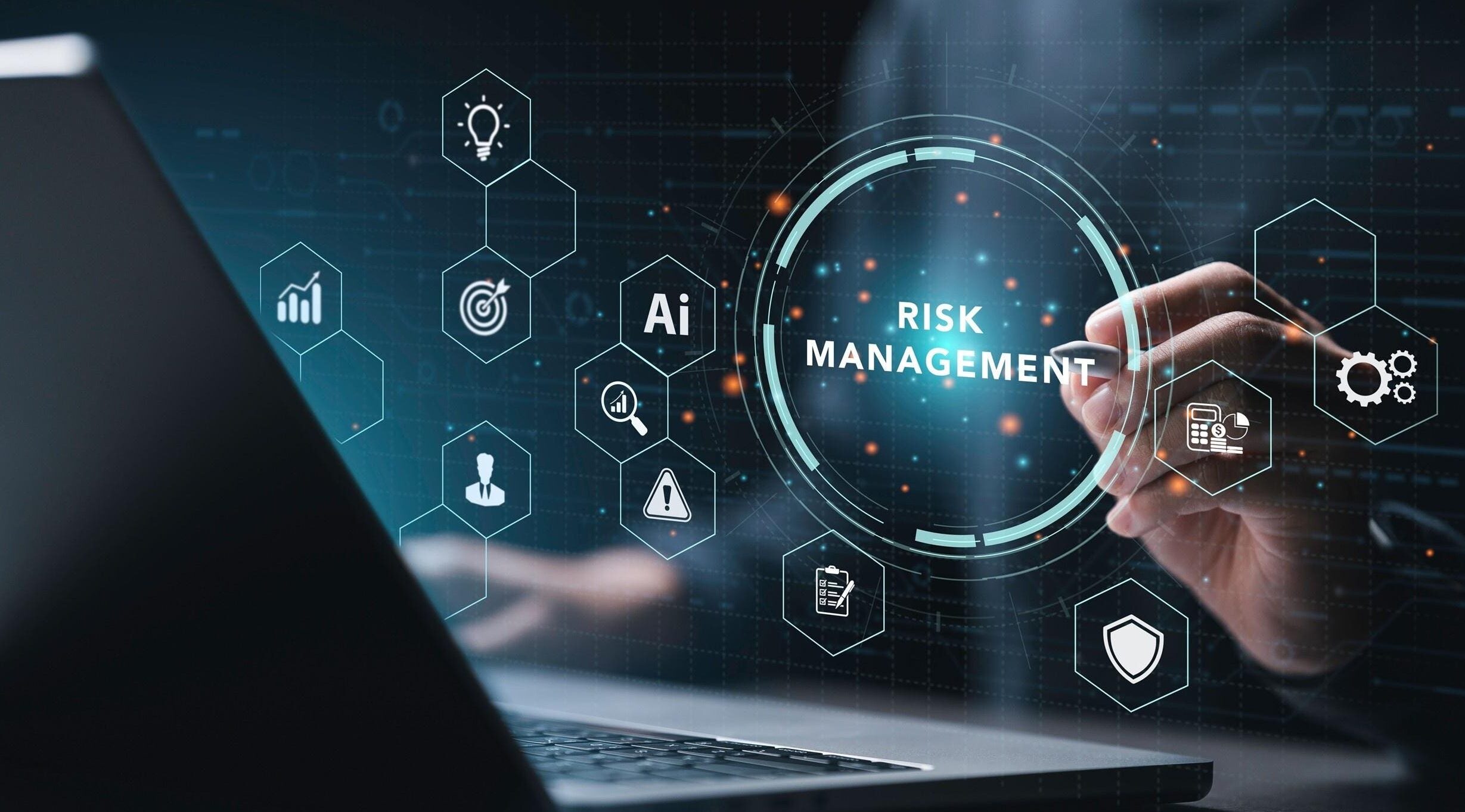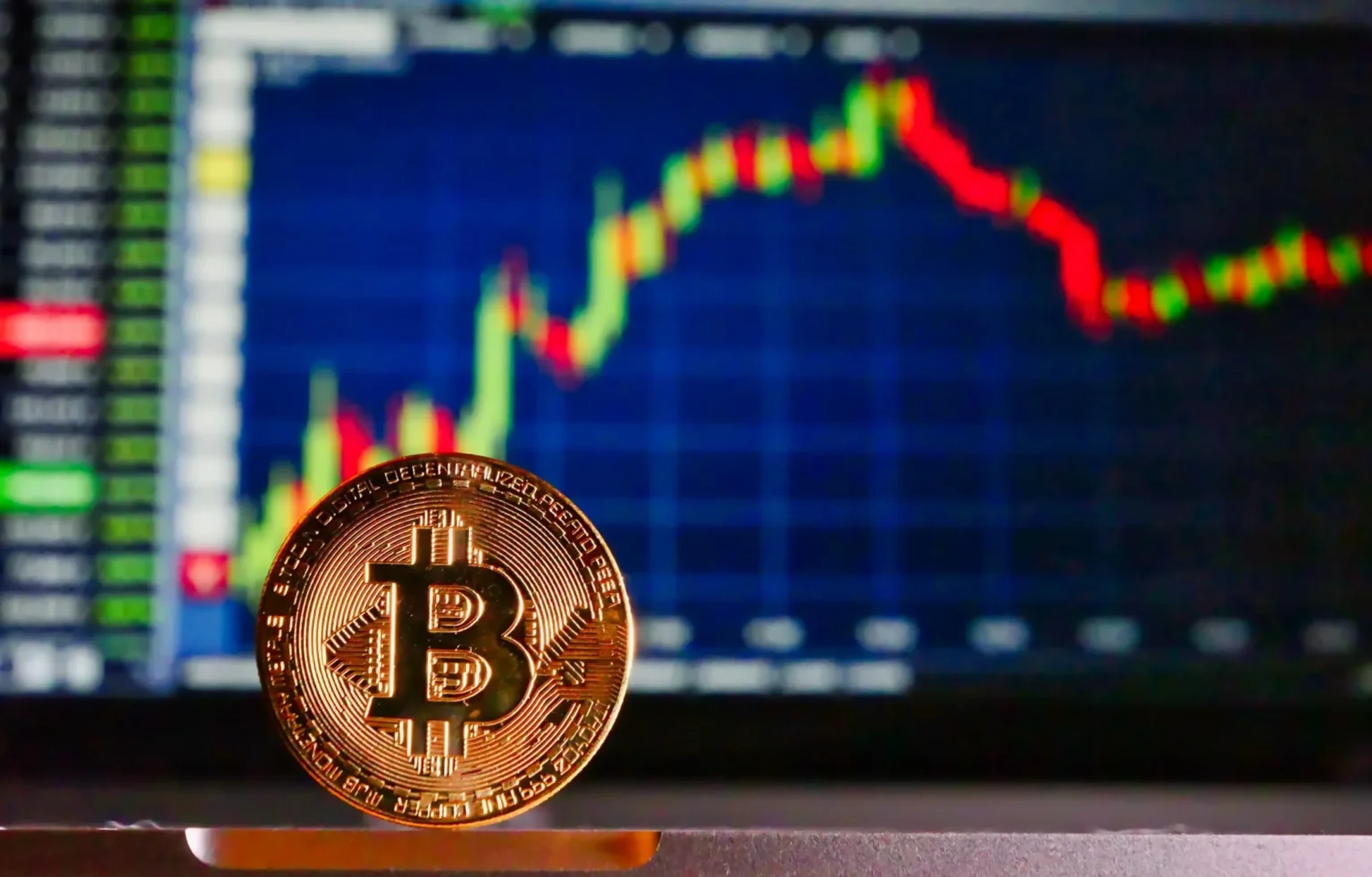Bitcoin trading has gone from being a niche hobby to a common financial activity because people all over the world are using it, new technologies are being developed, and institutions are getting involved. In 2025, trading Bitcoin isn’t just for tech-savvy investors anymore; it also includes retail traders, hedge funds, and even national governments looking into digital assets. To navigate this changing world, you must know how to trade Bitcoin and what tools and methods to use.
Bitcoin Trading Basics Explained
The main idea behind Bitcoin trading is to buy and sell Bitcoin (BTC) to make money off of price changes. Traders use different market methods to take advantage of Bitcoin’s volatility, which is still one of its key features. Trading is different from long-term investment, or “HODLing,” since it focuses on taking advantage of short- to medium-term opportunities to make money. You can trade Bitcoin in spot markets, where you buy the asset outright, or in derivatives markets, like futures and options, where you can speculate without actually owning the asset.
Evolution of Bitcoin Trading
The way Bitcoin’s market works has changed a lot since it first came out. The cryptocurrency market is more liquid in 2025 because there are stronger trading infrastructure and regulated exchanges that protect participants better. Binance, Coinbase, Kraken, and Bybit are some of the top trading platforms that have included advanced tools like enhanced order types, algorithmic trading features, and on-chain data analytics.

BlackRock and Fidelity are two big companies that now provide Bitcoin-related financial products. This means that regular investors can get to crypto markets indirectly through ETFs. At the same time, CME and CBOE provide Bitcoin futures, which are institutional-grade trading environments. This change has made Bitcoin trading a normal part of the financial world, but it has also made it more complicated and powerful. v
Effective Bitcoin Trading Strategies
A clear plan is necessary for successful Bitcoin trading. Swing trading is one of the most common ways to trade. In this strategy, traders try to make money from price changes that happen over a period of days or weeks. To use this approach, you need to be excellent at technical analysis. You need to know how to use indicators like RSI (Relative Strength Index), MACD (Moving Average Convergence Divergence), and candlestick patterns to time your inputs and exits. Scalping is another high-frequency method in which traders make dozens or hundreds of trades every day to take advantage of tiny price movements. Scalping can be profitable, but it takes a lot of effort and discipline, as well as fast, low-latency trading systems.
For people who believe in Bitcoin for the long term, dollar-cost averaging (DCA) is still a popular way to invest. While DCA primarily serves as an investment strategy, traders can utilize it by scheduling automatic purchases at specific intervals. This approach helps lower the risks of timing the market. Traders that have been around for a while may try derivatives trading, which uses perpetual futures contracts, options, and leveraged tokens. These tools let traders bet long and short, so they can profit in bull and bear markets. But using leverage makes things riskier, so you should be careful and utilize the right risk management tools when you apply these kinds of methods.
Technology in Bitcoin Trading
In 2025, Bitcoin trading heavily relies on technology. AI-powered trading bots are becoming increasingly popular. Bots using platforms like Pionex and 3Commas can carry out techniques like grid trading, arbitrage, and trailing stop orders. Such functionality lets traders focus on performance instead of having to watch over them all the time. On-chain analytics services like Glassnode, CryptoQuant, and Santiment provide you information on blockchain data, such as how wallets move, how miners act, and how much money is in exchanges.
These numbers give us a good idea of how people feel about the market and can help us predict how prices will change. Also, portfolio management apps like CoinStats and Blockfolio allow traders to keep track of their holdings across exchanges and wallets. Tools like TradingView make technical analysis easier by providing interactive charts and community-driven trading recommendations.
Security and Regulation in Trading
Security is still the most important thing to think about when trading crypto. Hardware wallets like Ledger and Trezor have made self-custody more popular, which has helped traders keep their money safe from exchange hacks and phishing assaults. Institutional traders are using more and more multi-signature wallets and cold storage solutions to add further security.
The trading climate is still changing because of events throughout the world. The U.S. Commodity Futures Trading Commission (CFTC) closely monitors the crypto derivatives markets, while the European Union’s MiCA (Markets in Crypto-Assets) law establishes regulations for exchanges and custodians throughout the continent. Progressive licensing systems in places like Singapore and Dubai have drawn crypto companies, making these areas centers for innovation and liquidity.
Psychology and Risk Management
In addition to tools and methods, psychological discipline is also important for effective Bitcoin trading. When people make decisions based on their feelings, they often make blunders, including selling in a rush when prices go down or buying at local tops because they are afraid of missing out. Good traders follow stringent standards for managing risk, such as setting stop-loss levels, utilizing position sizing criteria, and not employing too much leverage.

Furthermore, knowing that Bitcoin’s price goes up and down in cycles—usually because of halving events, macroeconomic conditions, and capital inflow cycles—can help you comprehend how the market works. Traders who base their decisions on these big-picture trends frequently do better than those who only look at short-term market movements.
The Future of Bitcoin Trading
In the future, Bitcoin trading will probably get even more advanced. Adding decentralized finance (DeFi) protocols to trading platforms is making it possible to trade on margin without authorization, use decentralized perpetual contracts, and provide liquidity automatically. AI keeps improving trading methods by providing real-time sentiment analysis, market predictions, and anomaly identification.
Tokenizing traditional assets and making them work across chains will probably make it harder to tell the difference between traditional finance and crypto markets. This will provide traders new ways to diversify and hedge their bets.
Final Thoughts
In 2025, trading Bitcoin will be both a chance and a difficulty. The market has never had so much promise because it has better tools, more liquidity, and more institutional participation. But with these benefits comes more complexity, which means traders need to stay aware, be careful, and be ready to change all the time. Whether you’re a newbie utilizing dollar-cost averaging or an expert using algorithmic tactics, the key to success is learning, being disciplined, and following through with your plans.







